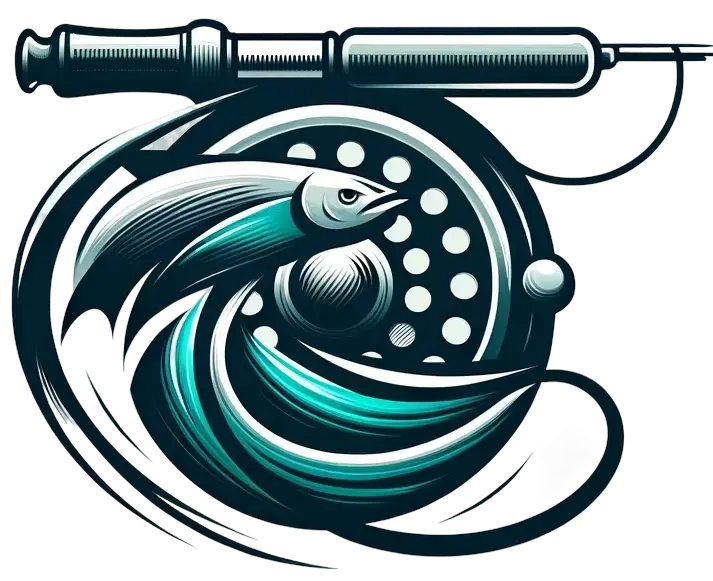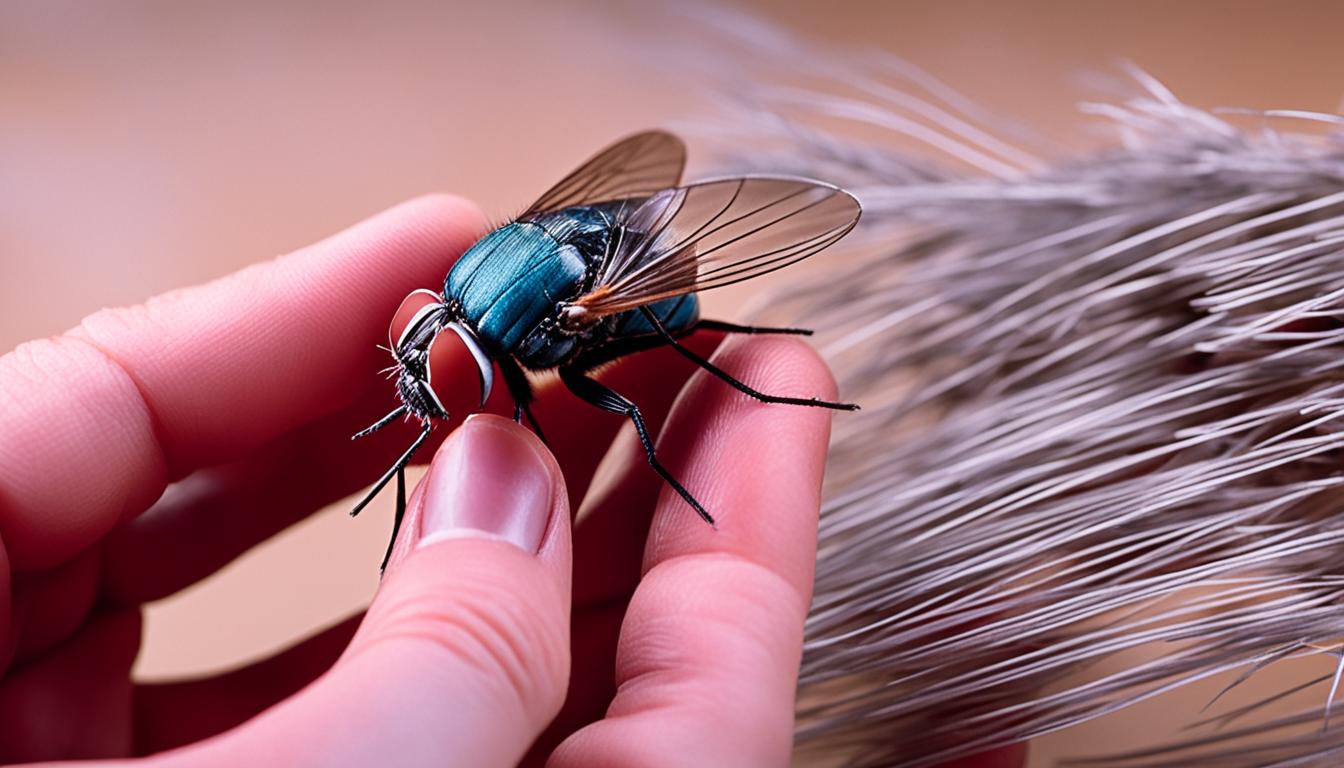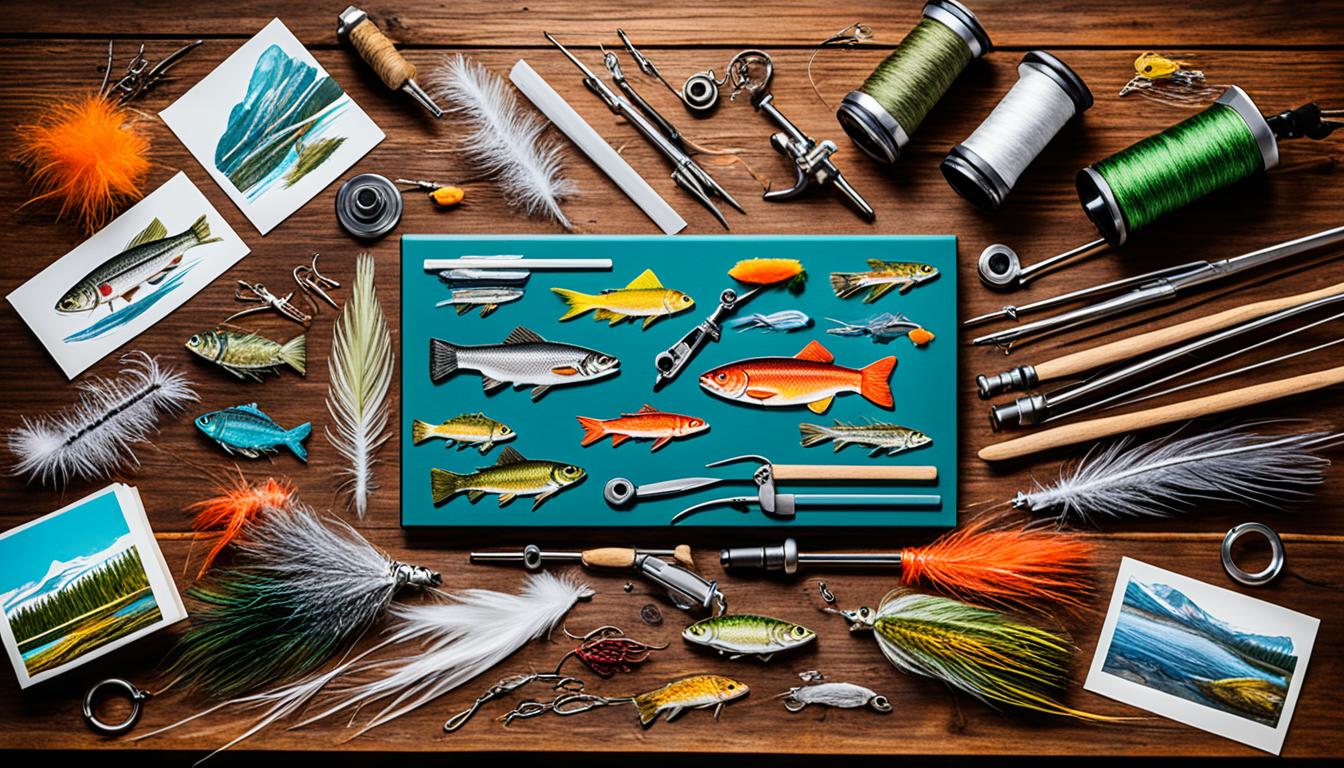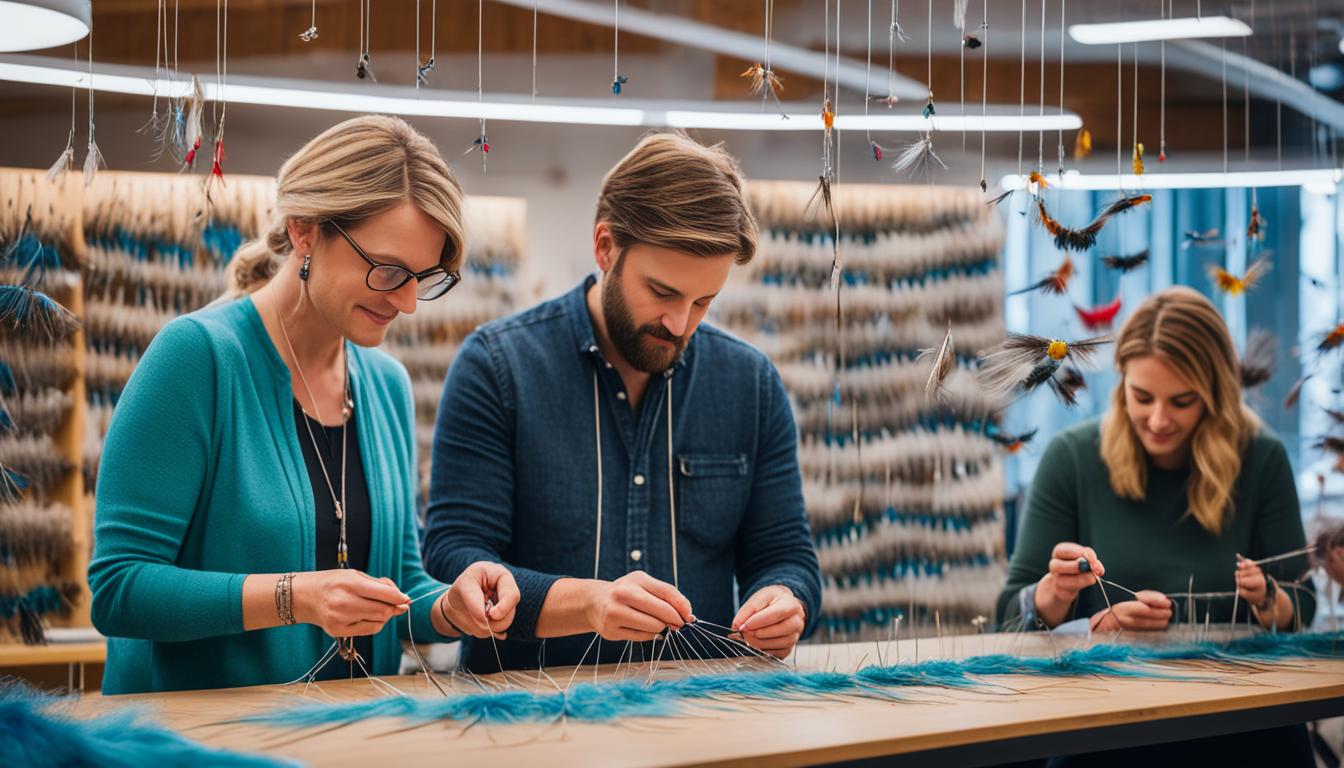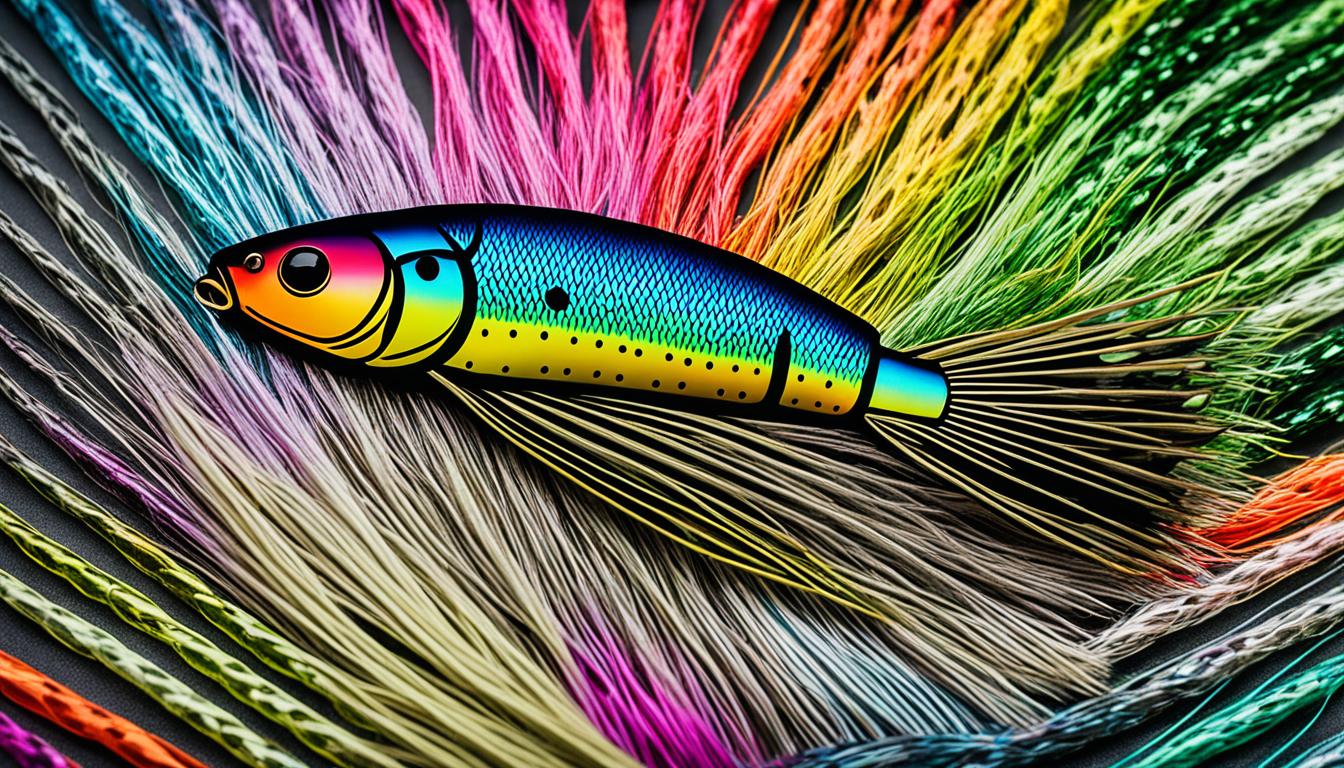Tying terrestrial flies is an essential skill for fly anglers. Whether you’re a beginner or an experienced tyer, mastering the art of tying these flies can greatly enhance your fly fishing success. With the right fly tying techniques and the best fly tying materials, you can create realistic and effective terrestrial fly patterns that imitate land-based insects like ants, beetles, and grasshoppers.
At Our Fly Tying, we understand the importance of tying flies that accurately mimic the insects on which fish feed. That’s why we’ve put together a comprehensive guide to help you become a true master at tying terrestrial flies.
In this section, we’ll provide you with valuable tips and tricks that will improve your skills and make the process enjoyable. From selecting the right materials to perfecting your tying techniques, we’ve got you covered. Whether you’re a novice looking for beginner fly tying tips or an experienced tyer searching for top terrestrial fly recipes, you’ll find everything you need to take your fly tying game to the next level.
Key Takeaways:
- Tying terrestrial flies is crucial for fly anglers to enhance their fishing success.
- Using the right fly tying techniques and materials is essential for creating realistic and effective terrestrial fly patterns.
- Mastering the art of tying terrestrial flies requires practice and dedication.
- Beginners can benefit from learning essential tools and techniques, while experienced tyers can explore advanced patterns and recipes.
- The satisfaction of catching a fish on a fly you’ve tied is unmatched.
The Importance of Tying Flies
Tying your own flies offers a unique level of satisfaction and connection to the fishing experience. By creating something that imitates a natural insect and fooling a fish, you become an artist at the vise.
Tying flies also offers cost-saving benefits, as you can create your own patterns instead of purchasing them from a fly shop. It allows you to customize flies to match specific fishing conditions and target various fish species.
The time spent at the vise is considered just as important as the time spent on the water fishing. When you tie your own flies, you have complete control over the materials and design, ensuring that your patterns perfectly imitate the fish’s natural prey. Whether you’re replicating the delicate movement of a mayfly or the erratic swimming action of a minnow, the satisfaction of tying a fly that entices a strike is immense.
“Tying my own flies not only saves me money but also allows me to create patterns that are specifically tailored to the fish in my local waters. It brings a sense of accomplishment every time I catch a fish on a fly that I tied myself.”
When you tie your own flies, you’re not just imitating fish food; you’re creating a work of art. Each fly represents your creativity and skill, making every catch that much more rewarding. The ability to tie flies that mimic the exact characteristics of specific insects or baitfish is a valuable skill that can greatly enhance your fishing success.
So, if you’re not already into fly tying, now’s the time to give it a try. The satisfaction, cost-saving benefits, and the ability to create effective fish imitations make it a worthwhile endeavor. Get started at the vise, experiment with different materials and patterns, and dive into the world of fly tying!
Essential Tools for Tying Terrestrial Flies
To tie terrestrial flies effectively, you’ll need a few essential tools. These include:
- Fly Tying Vise: The fly tying vise is a crucial tool that holds the hook in place while you work. There are two common types of vises: a rotary vise, which allows for 360-degree rotation, and a simple cam lever vise. Both types will securely hold the hook, allowing you to tie the fly with precision.
- Bobbin: A bobbin is used for holding and dispensing the thread. It allows for smooth and controlled thread tension, ensuring that the fly is securely tied. When selecting a bobbin, consider the material it’s made of and its weight distribution for comfortable and efficient tying.
- Whipfinisher: The whipfinisher is a tool used to tie off the final knot, securing the thread and finishing the fly. It creates a clean and tight knot, ensuring the durability of the fly. A whipfinisher is an essential tool for any fly tyer, as it provides a professional and polished finish to your flies.
In addition to these essential tools, other items like scissors and hackle pliers can further enhance your fly tying experience and make the process more efficient.
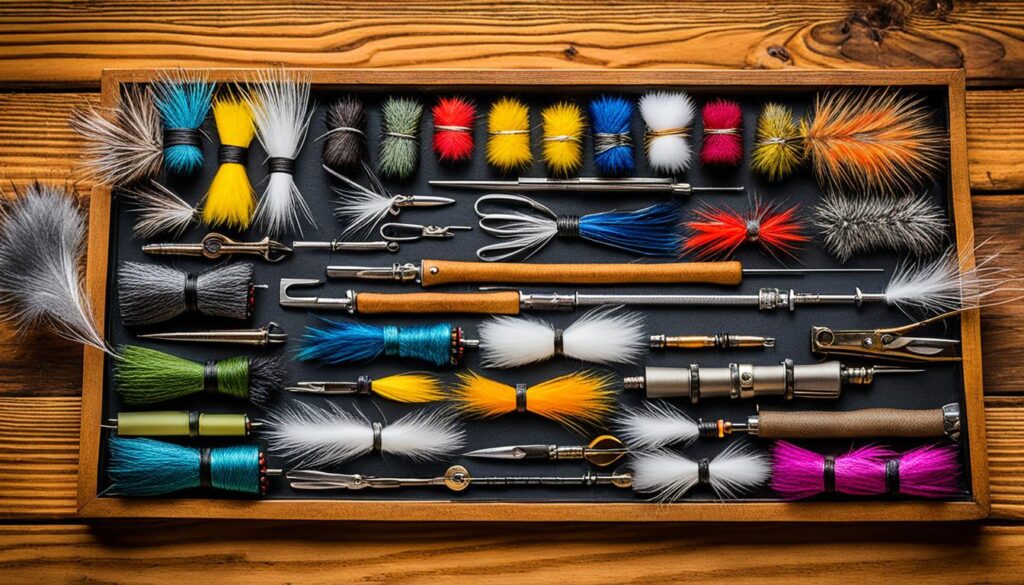
Investing in quality fly tying tools is important, as they contribute to the overall durability and effectiveness of your terrestrial flies. With the right tools in hand, you’ll be well-equipped to tie realistic and enticing patterns that will attract fish.
Tying Techniques for Terrestrial Flies
Tying terrestrial flies requires specific techniques to secure materials and create durable flies. It’s important to understand how to effectively use the bobbin and whipfinish tool in order to tie off the final knot and ensure the fly is secure.
Securing Materials with the Bobbin
The bobbin is an essential tool for fly tying as it holds the thread, allowing you to secure materials to the hook. To secure materials, simply wrap the thread tightly around the hook, ensuring they are firmly in place. This technique ensures a durable fly that can withstand the tugs and strikes of fish.
When wrapping the thread, it’s important to apply consistent tension and avoid excessive bulk. This will help create a sleek and realistic fly pattern that accurately mimics the insects you’re imitating. Practice the wrapping technique to perfect your control and achieve consistent and tight wraps around the hook.
Tying Off with the Whipfinish Tool
After securing the materials with the bobbin, the whipfinish tool is used to tie off the final knot. This tool creates a secure and professional-looking knot that holds the fly together. To use the whipfinish tool, place it over the thread wraps, then pull the thread through the tool to create the knot.
Ensure that you’ve wrapped the thread sufficiently before using the whipfinish tool. A well-tied knot will prevent the fly from unraveling during casting or when a fish strikes. With practice, you’ll be able to tie off the knot neatly and efficiently, creating a finished fly that is ready for action in the water.
Remember, practice is key to mastering these tying techniques. Take advantage of online resources and videos that provide step-by-step guidance on securing materials and using the whipfinish tool effectively. By honing your skills in these techniques, you’ll be able to create realistic and durable terrestrial fly patterns that are sure to entice fish and enhance your fly fishing success.
Table: Fly Tying Tools
| Tool | Description |
|---|---|
| Fly Tying Vise | A tool used to hold the hook securely while you tie the fly. |
| Bobbin | Used to hold and dispense the thread as you tie the fly. |
| Whipfinish Tool | A tool used to tie off the final knot, securing the fly. |
| Scissors | Used to trim excess materials and create precise cuts. |
| Hackle Pliers | Helps you manage and manipulate small feathers and other materials. |
Conclusion
Tying terrestrial flies is a valuable skill for fly anglers of all levels. By mastering the techniques and using the right materials, we can create realistic patterns that imitate land-based insects, increasing our chances of fly fishing success.
For beginners, it’s important to start with the essential tools and techniques for tying terrestrial flies. Learning the basics sets a strong foundation for more advanced patterns and recipes down the line. By understanding how to secure materials and tie off final knots, we can create durable and effective flies.
Experienced fly tyers can take their skills to the next level by exploring advanced patterns and experimenting with different recipes. Whether it’s a simple ant pattern or a complex grasshopper imitation, the delight of catching a fish on a fly we’ve tied ourselves is unparalleled.
So let’s grab our vise, gather our materials, and start mastering the art of tying terrestrial flies. With patience, practice, and a touch of creativity, we can create high-quality flies that mimic nature’s wonders and enjoy the thrill of fly fishing success.
FAQ
Why is tying terrestrial flies important for fly anglers?
Tying terrestrial flies is important for fly anglers because it allows them to create realistic patterns that imitate land-based insects like ants, beetles, and grasshoppers. These flies can greatly increase the angler’s chances of success on the water.
What are the benefits of tying your own flies?
Tying your own flies offers a unique level of satisfaction and connection to the fishing experience. It also offers cost-saving benefits, as you can create your own patterns instead of purchasing them from a fly shop. Tying your own flies allows you to customize patterns to match specific fishing conditions and target various fish species.
What are the essential tools for tying terrestrial flies?
The essential tools for tying terrestrial flies include a fly tying vise, a bobbin for holding and dispensing thread, and a whipfinisher for finishing off the fly. Other tools like scissors and hackle pliers are also helpful for tying flies.
What techniques are important for tying terrestrial flies?
Tying terrestrial flies requires techniques to secure materials and create durable flies. The thread is wrapped around the hook to secure materials, and a whipfinish tool is used to tie off the final knot. Practicing these techniques is key to mastering the art of tying terrestrial flies.
Why should beginners learn to tie terrestrial flies?
Beginners can benefit from learning to tie terrestrial flies because it is a valuable skill for any fly angler. It allows them to create their own patterns and customize flies to match specific fishing conditions. Tying flies also offers a sense of satisfaction and connection to the fishing experience.
